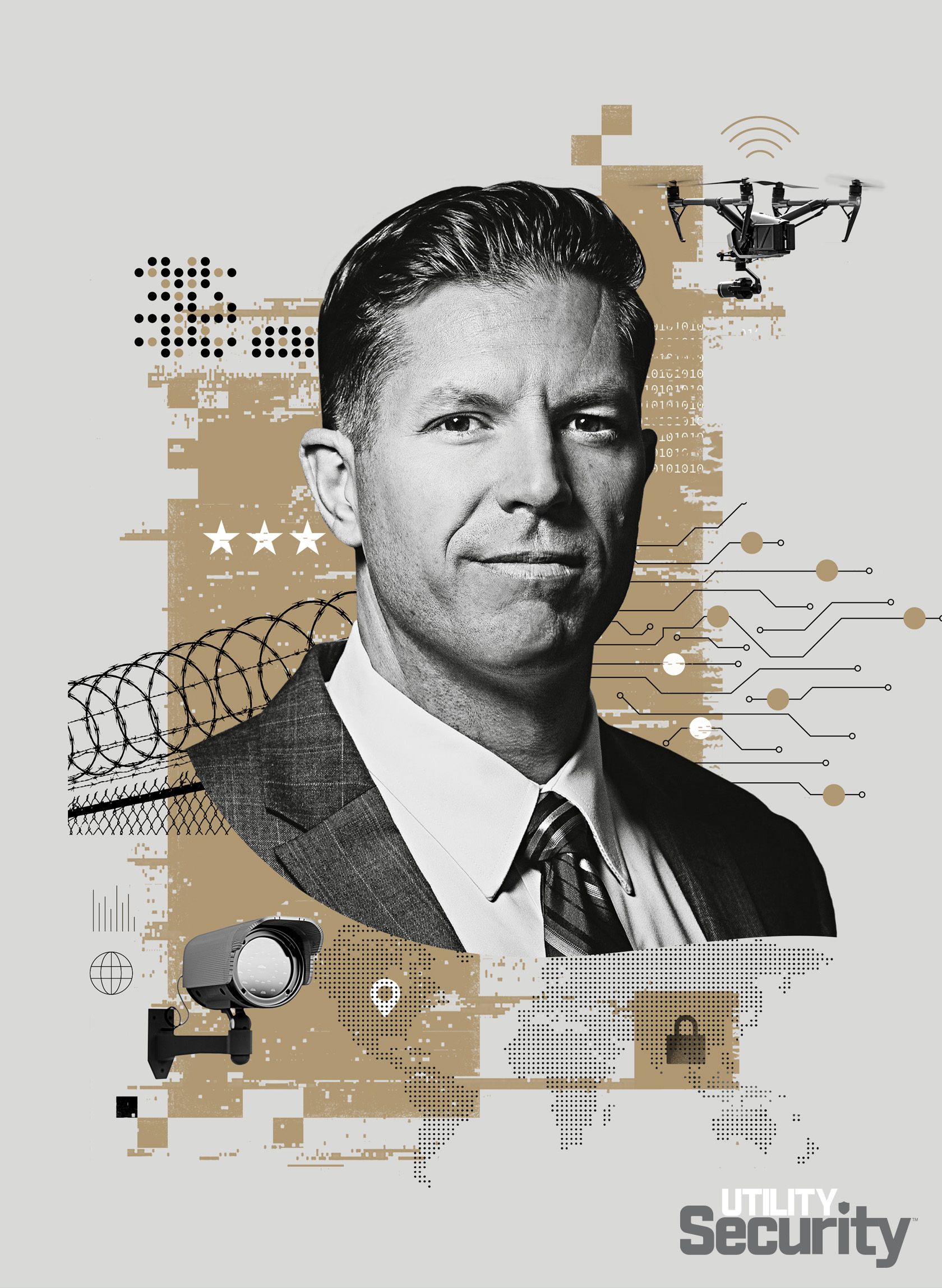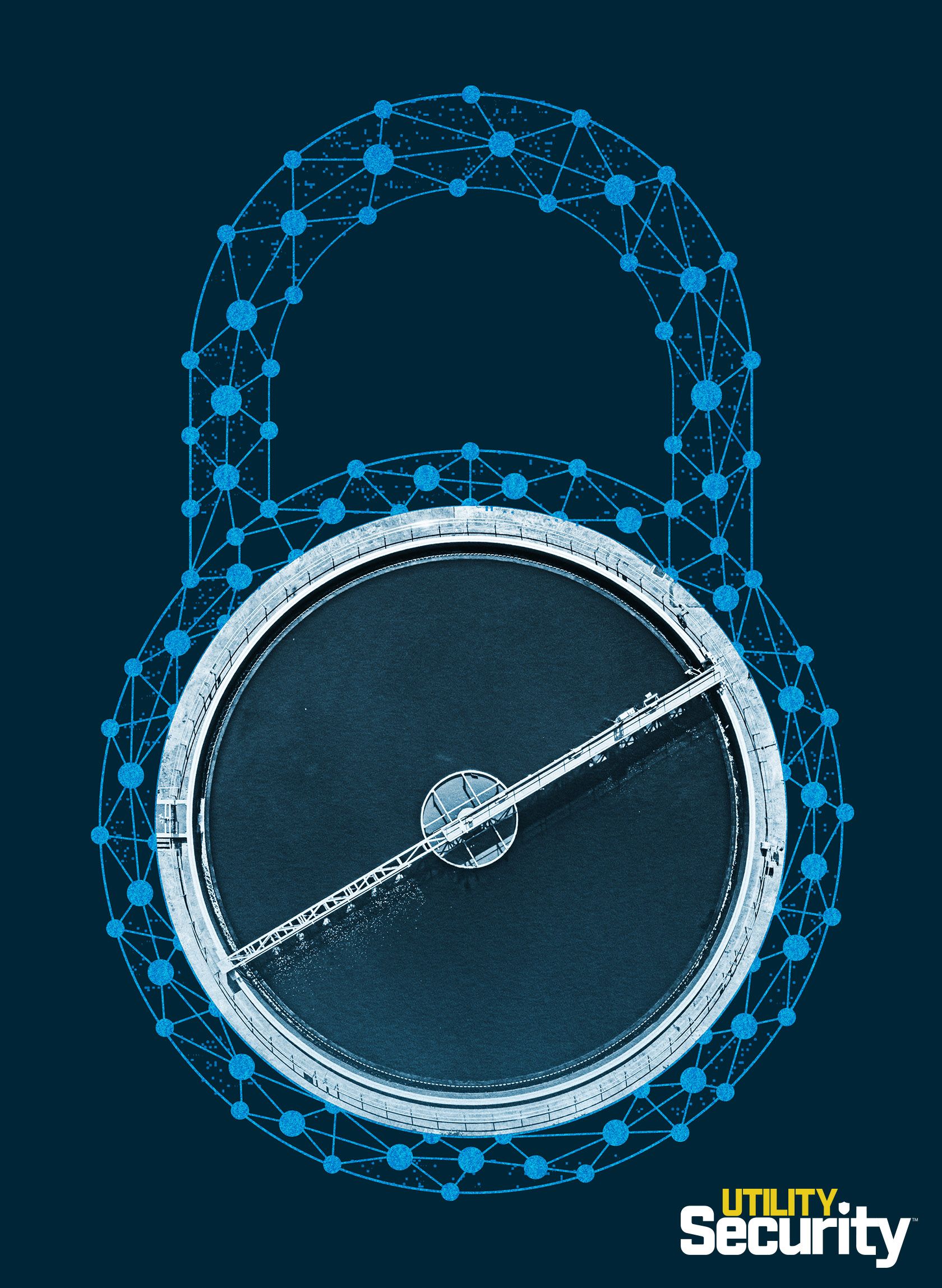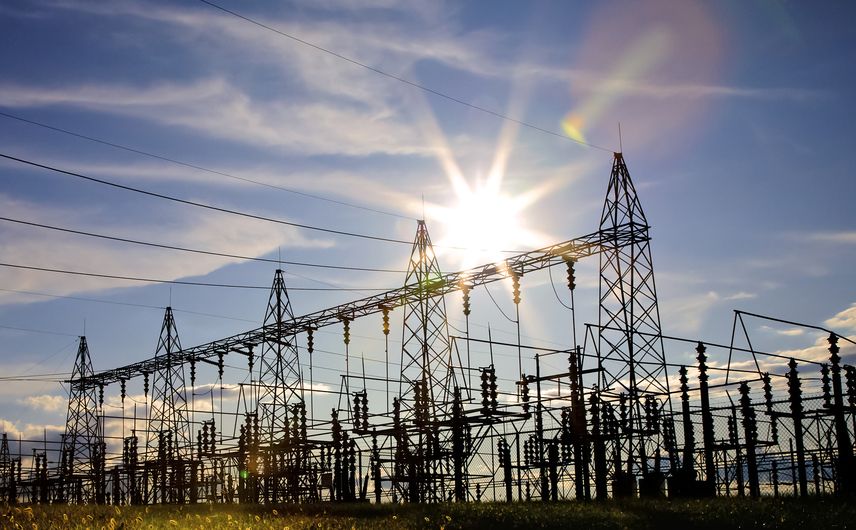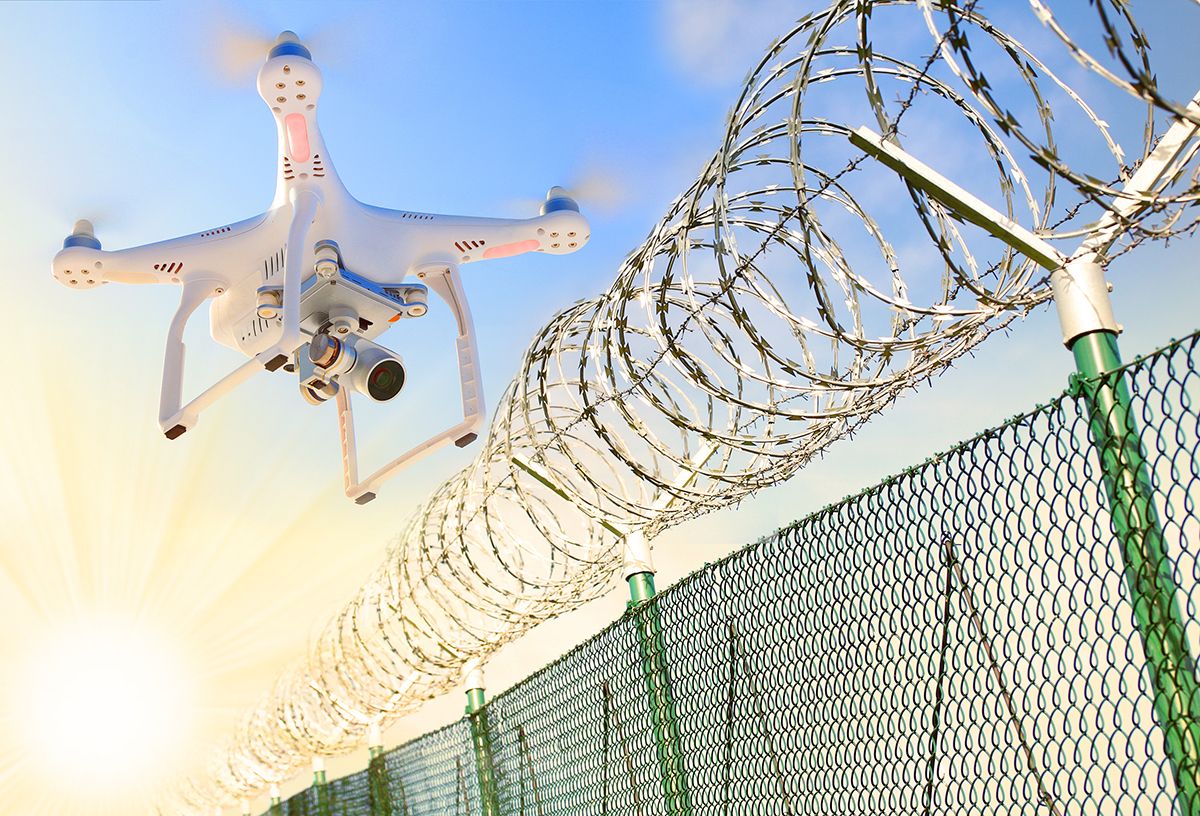Tag: Featured
Threats on the Horizon: The Challenges of Securing the Nation’s Water Utilities and the Strategies to Overcome Them
Written by Curtis Marquardt on . Posted in Cybersecurity, Facilities Security, Frontline Worker Security, Infrastructure Security.
Are Assumptions Compromising Your Substation Security?
Written by Jim Willis, CMAS, CHS-V on . Posted in Facilities Security.
The Emerging Cybersecurity Threats and Solutions of Artificial Intelligence (And Some Resources to Help Ready You for Both)
Written by Curtis Marquardt on . Posted in Cybersecurity.
Are You Prepared for the Next Attack?
Written by Darin Dillon on . Posted in C-Suite Perspective.
5 Questions with Bomb Threat Expert Sean Haglund
Written by Curtis Marquardt on . Posted in 5 Questions with a Utility Security Professional.
Are You Ready for a Drone Attack on Your Infrastructure?
Written by Curtis Marquardt on . Posted in Infrastructure Security.
The Safety and Security Paradox
Written by Jim Willis, CMAS, CHS-V on . Posted in Frontline Worker Security.
From the Battle of Fallujah to Helping Utilities Respond to Active Shooter Incidents
Written by Curtis Marquardt on . Posted in Facilities Security.








